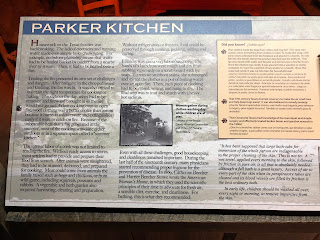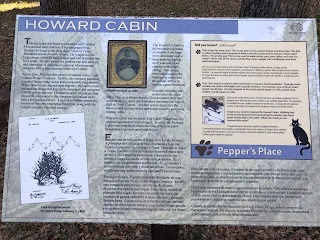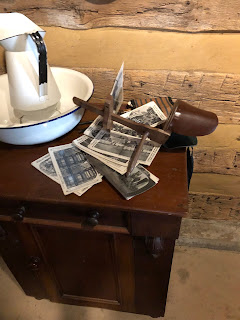Welcome back to our recurring column, Historical Tidbit Thursdays!
Today we'll delve into the Comanche's world of war and fighting.
Comanche tribes required approval through their council (often of elder members) to go to war with enemy tribes or non-Indian groups (like the U.S. Army). A war chief would be elected by the council to serve temporarily. He was usually the most experienced warrior and/or one who'd had powerful visions (such as of an eagle seizing its prey).
Before each raid, a war dance would take place to get the warrior excited and through vigorous activity (such as stomping, chanting, and howling around a blazing bonfire) would receive special "medicine" that would guide and protect them. Women would encourage the men through their own screeching and frenzied leaping.
Women didn't go to war with the men, but if they were attacked, they would fight to the death. Women and children were not spared in warfare. If they were, they'd be taken as slaves. Usually young children would be taken as slaves and infants would be killed.
Members of the war party would paint their faces black (the color of death) before departing into the darkness. Scouts would be sent ahead to locate the enemy's sleeping camp. Typical warfare consisted of sneaking in for a surprise attack and then massacring the enemy without mercy.
After a successful battle, all honors and spoils fell to the leader/war chief but, in practice, he would bestow them upon his fellow warriors.
Hand-to-hand combat was the epitome of courage. To touch a living enemy was the ultimate show of bravery. The 17th century French called this practice "counting coup".
Source:
Comanches: The Destruction of a People by T.R.Fehrenbach; ISBN#0-306-80586-3








































